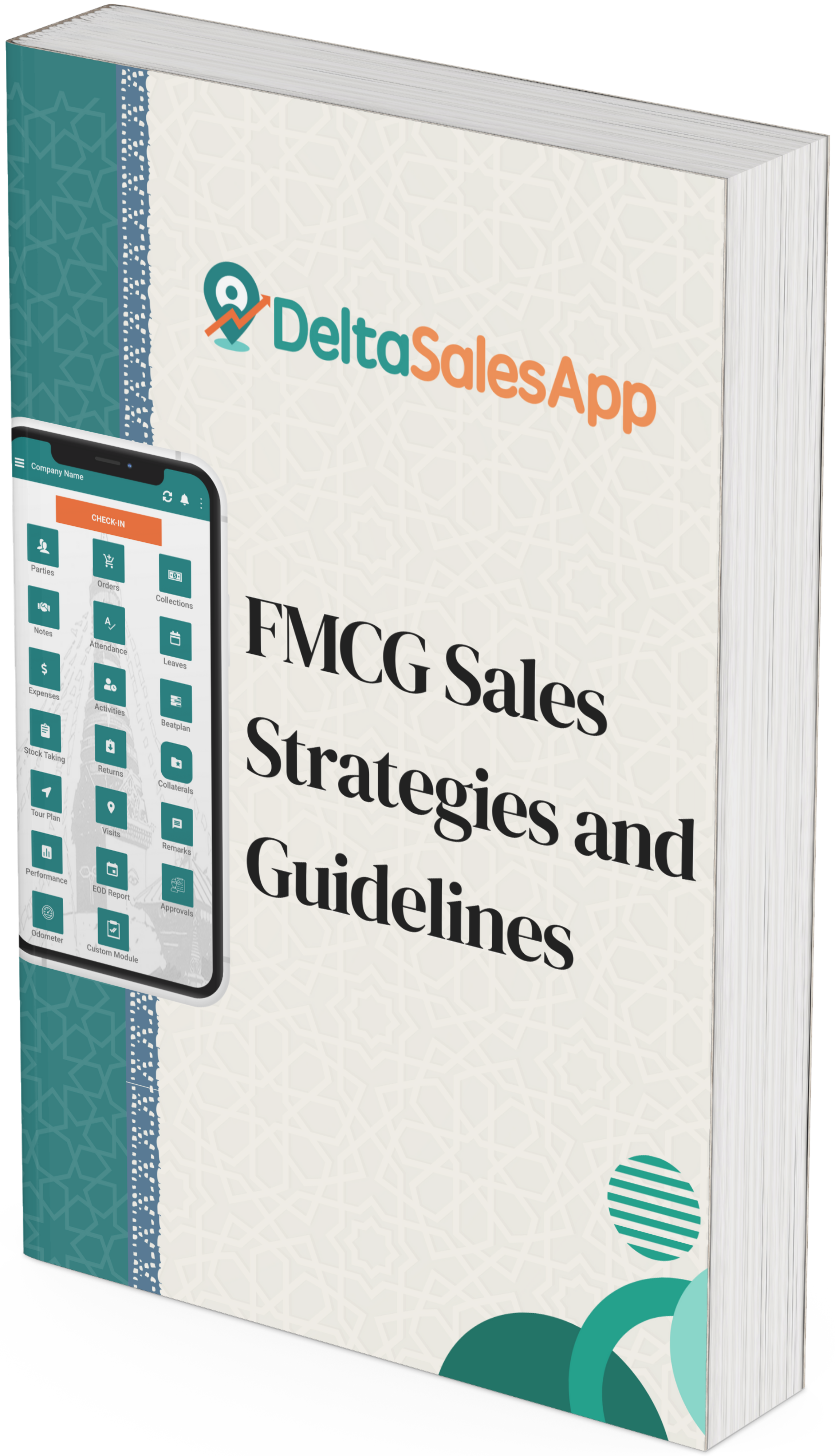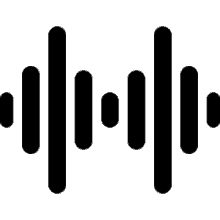Improving Sales Forecasting Accuracy in Food Distribution
_(1)_(10)_1743932965.png)
In the fast-moving world of food distribution, every decision counts. With tight margins, perishable inventory, and unpredictable demand patterns, even a small error in sales forecasting can lead to big problems—think spoilage, stockouts, unhappy customers, or lost revenue.
Getting your forecasts right isn’t just a nice-to-have—it’s a must-have for staying profitable and competitive. In this blog, we’ll break down why forecasting matters so much in food distribution, where the common pitfalls lie, and—most importantly—how to make your forecasts more accurate and actionable.
Why Accurate Forecasting is So Critical in Food Distribution?
Let’s face it: food distribution is different from other industries.
You're not just dealing with logistics and numbers—you’re dealing with expiration dates, freshness, consumer behavior, promotions, and fluctuating demand. If your forecast says you’ll sell 10,000 cases of yogurt this month but the actual demand is only 6,000, that’s a lot of product (and profit) potentially going to waste.
On the flip side, underestimating demand means empty shelves, missed sales, and disappointed customers who might not come back.
That’s why accurate, data-driven forecasting is the foundation of smart, sustainable growth in food distribution.
6 Ways to Improve Sales Forecasting Accuracy
Let’s get into the good stuff: practical ways you can boost your forecasting game and stay one step ahead of demand.
1. Use Historical Sales Data Wisely
Start with what you know. Your historical sales data is a treasure trove of insights. Look at past trends across different timeframes—daily, weekly, seasonal—and pay attention to what sells, where, and when.
The key is to go granular. Break data down by product category, region, sales channel, or even customer type. The more specific you are, the more accurate your forecast will be.
2. Factor in Real-Time Demand Signals
Your old spreadsheet forecast isn’t enough anymore. Today’s leading distributors are using demand sensing tools that pull in real-time data—POS sales, weather updates, holiday spikes, and even social media trends—to adjust forecasts on the fly.
This makes your forecasting model agile, not rigid. And agility is a superpower in the food industry.
3. Don’t Ignore What’s Happening Outside Your Business
Internal data is important, but it’s not the whole picture. You also need to consider external factors like:
- Changing consumer preferences
- Competitive promotions
- Food trends (hello, plant-based everything!)
- Economic indicators
Bringing this external context into your forecasting process can help you anticipate demand shifts before they hit your warehouse.
4. Make Forecasting a Team Sport
Forecasting shouldn’t be locked away in a spreadsheet on someone’s desktop.
Instead, bring your sales, marketing, supply chain, and operations teams into the process. When everyone’s aligned and working from the same data, you’ll get a more holistic and accurate view of what’s coming.
One way to do this? Implement Sales & Operations Planning (S&OP) practices that bridge gaps between departments and bring clarity to decision-making.
5. Invest in Smart Forecasting Tools
Technology has come a long way, and it’s your ally in improving accuracy. Tools powered by AI and machine learning can identify patterns and trends that humans might miss. They can even account for anomalies—so your forecasts aren’t thrown off by one-off events.
6. Review and Adjust—Often
Forecasting is not a “set it and forget it” task. It’s a continuous loop of:
- Forecast
- Execute
- Measure
- Refine
Compare your forecasted numbers with actual sales regularly—weekly, monthly, or even daily for high-volume products. This feedback loop helps you improve accuracy over time and catch issues before they snowball.
Challenges Unique to Food Distribution Forecasting
Let’s not sugarcoat it—forecasting in food isn’t easy.
You’ve got:
- Short product life cycles
- Seasonal fluctuations
- Retailer and distributor expectations
- Regulatory compliance
- Frequent promotions and product launches
But these challenges also make it even more essential to forecast smarter. With better systems and collaboration, you can turn these obstacles into opportunities to stand out from competitors who are still guessing their way through demand.
Wrapping Up: Better Forecasting = Better Business
Improving sales forecasting accuracy in food distribution doesn’t require a complete overhaul—but it does require a smarter, more connected approach. Start with your data. Bring in the right tools. Loop in your teams. Adjust as you go.
At the end of the day, the goal is simple: predict better so you can perform better.
Because when your forecast is right, everything else falls into place—inventory is lean, customers are happy, and your business grows sustainably.









